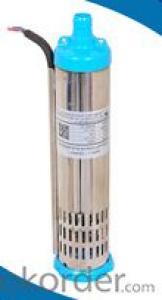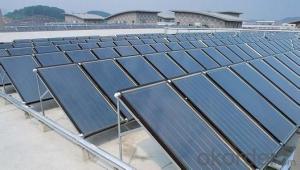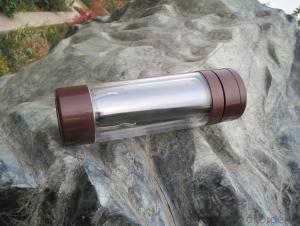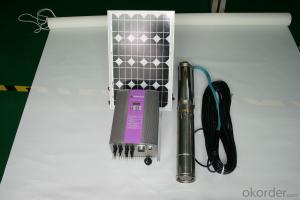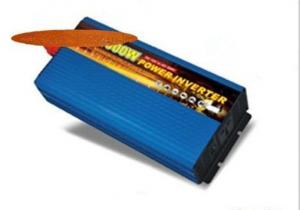Solar River Inverter
Solar River Inverter Related Searches
Solar Solar Inverter Solar City Inverter Solar Rooftop Inverter Solar Energy Inverter Sun Solar Inverter Solar Electric Inverter Solaris Solar Inverter Sunshine Solar Inverter Solar Home Inverter Solar Smart Inverter Solar Rechargeable Inverter Solar Converter Inverter Inverter Solar Solar Hybrid Inverter Solar House Inverter Solar Powered Inverter Solar Inverter Drive Solar Battery Inverter Sunrun Solar Inverter Solar Power Inverter System Solar Light Inverter Solar System Inverter Solar Pump Inverter Solar Delta Inverter Solar Plant Inverter Solar Panel Inverter Solar Farm Inverter Solar King Inverter Inverter Solar Hybrid Solar Inverter SystemSolar River Inverter Supplier & Manufacturer from China
Solar River Inverter is a range of high-quality solar power inverters designed to convert solar energy into usable electricity for various applications. These inverters are engineered to optimize the performance of solar panels, ensuring efficient energy conversion and reliable power supply. They are essential components in solar power systems, playing a crucial role in harnessing the power of the sun for residential, commercial, and industrial use.The Solar River Inverter is widely used in different scenarios, from small-scale residential setups to large-scale solar farms. They are designed to cater to the varying energy needs of different users, providing a sustainable and eco-friendly solution to power consumption. These inverters are also suitable for off-grid applications, such as powering remote locations or backup power systems, where grid electricity is either unavailable or unreliable. Their versatility and efficiency make them a popular choice among solar power enthusiasts and professionals alike.
Okorder.com is a leading wholesale supplier of Solar River Inverter, boasting a vast inventory that caters to the diverse needs of customers worldwide. With a commitment to quality and customer satisfaction, Okorder.com ensures that each Solar River Inverter is thoroughly tested and meets the highest industry standards before being shipped to clients. This extensive inventory allows Okorder.com to offer competitive prices and fast delivery times, making it a go-to source for those seeking reliable and efficient solar power inverters.
Hot Products




